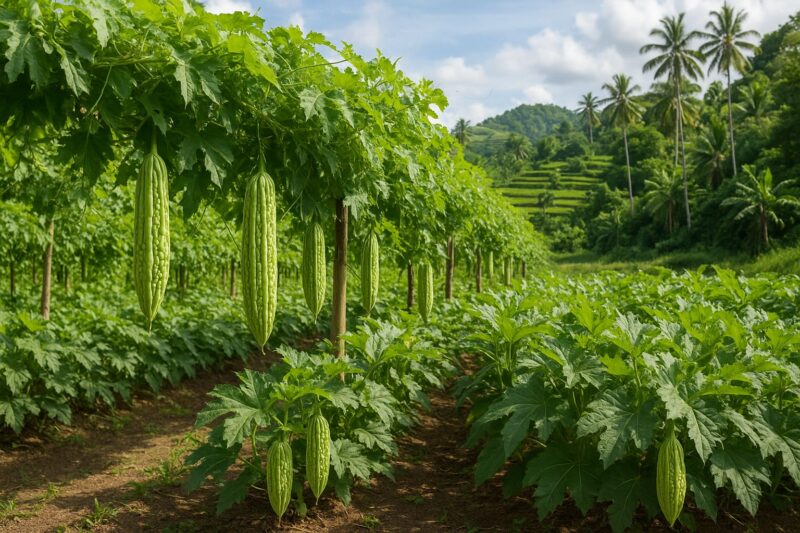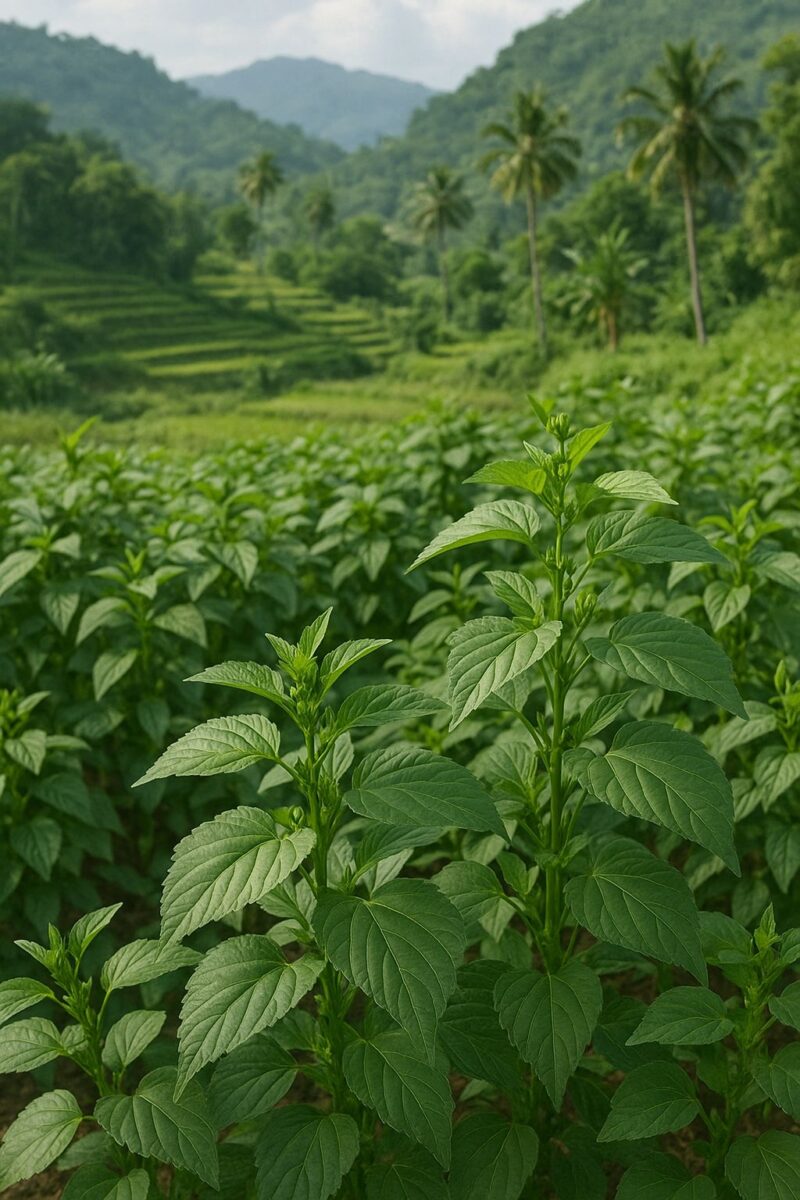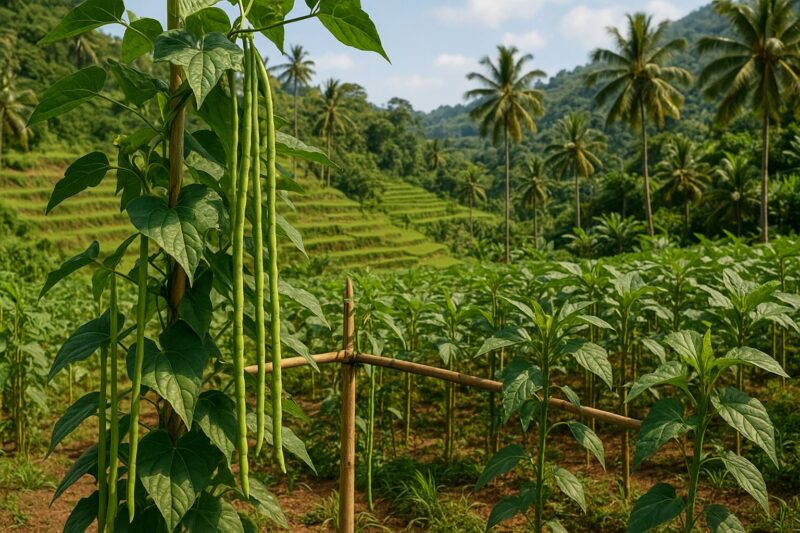You never know when you’ll need to bug out—from sudden typhoons in Cavite to being stranded on a muddy Cordillera trail. Having a well-thought-out survival kit tailored to the Philippines can make the difference between a manageable inconvenience and a full-blown crisis. I’m Edilberto Santiago Jr. (but you can call me Sandy), writing from Norzagaray, Bulacan. Over countless workshops and real-life scrambles, I’ve learned what kit items truly matter here—stuff that works in our heat, humidity, and monsoon-flood cycles. Let’s build a go-bag that fits our islands. 😊
Why a Filipino-Focused Kit? 🤔
The tropics throw unique challenges at you—sweat-soaked trails, mosquito swarms, flash floods, and sudden storms. Generic “outdoor” kits sometimes miss local needs (think salinity, rice taro knives, or barangay comm-alerts). Crafting a kit with Philippine-specific gear and improvise-friendly items means you’ll be ready for both city blackouts and jungle ambushes. Plus, knowing each component’s purpose breeds confidence—no frantic rummaging when the rain starts.
Core Components of Your Kit ✔️
1. Water & Purification 💧
- Collapsible Water Bottle: Lightweight, easy to stash in side pocket.
- Water Purification Tablets (chlorine or iodine): Compact way to treat well and river water.
- Bandana or Coffee Filter: Pre-filter muddy water before purifying.
- Portable Pump Filter (optional): Great for multi-day treks in remote areas.
Tip: In Norzagaray’s upland creeks, I’ve found sapwood from young bamboo makes a decent improvised filter—sandwiched between layers of cloth.
2. Fire & Light 🔥🔦
- Ferrocerium Rod: Sparks when you strike—works even when wet.
- Waterproof Matches / Stormproof Lighter: Backup ignition.
- Small Candle: Doubles as heat source and emergency light.
- Headlamp (with spare batteries): Hands-free flashlight for crawls through nipa huts or mine tunnels in Benguet.
3. Shelter & Warmth 🌴🛖
- Emergency Mylar Blanket / Bivy: Reflects body heat, packs tiny.
- Lightweight Tarp (2×2 m): Quick shelter against rain—use paracord to rig between trees.
- Paracord (5–10 m): Strong cord for shelter, repairs, or makeshift harness.
Note: In coastal floods, I’ve seen folks drape a tarp over bamboo poles and fashion a raised platform—keeps gear off rising water.
4. Food & Nutrition 🍚🍫
- Energy Bars or Local Kakanin: Sticky rice cakes wrap in banana leaves store well.
- Instant Noodles / Cup of Rice: If you have hot water, a comforting meal.
- Malunggay Powder Packets: Nutritious, easy to stir into soups or water.
Pro Tip: A small bag of salted, roasted crickets (guinting) packs protein and locals munch them without a second thought.
5. First-Aid & Hygiene 🩹🧼
- Plasters & Sterile Gauze: Band-aid typhoons and blisters alike.
- Antiseptic Wipes / Iodine: Clean cuts immediately—tropical bacteria multiply fast.
- Insect Bite Cream & Hydrocortisone: Stop the relentless itching from mosquitoes or sandflies.
- Hand Sanitizer & Toilet Paper: When public restrooms flood, you’ll be glad you brought your own.
6. Tools & Repair 🛠️
- Multi-Tool: Pliers, knife, screwdriver—Swiss-army style.
- Mini Machete / “Katutubong Bolo”: Clearing vines, splitting bamboo, or firewood prep.
- Duct Tape (small roll): Gear patch, blisters, emergency splint.
- Needle & Thread: Quick tent repairs or sewing on detached straps.
7. Navigation & Communication 🧭📶
- Compass & Local Topo Map: Phones die, compasses don’t.
- Whistle & Signal Mirror: Distress signals carry far—three blasts or smoke puffs.
- Portable Power Bank: Charge phone for SMS-based barangay alerts.
Local Hack: Many barangays send SMS warnings during typhoons—keeping a charged phone ready can be lifesaving.
8. Personal & Miscellaneous 📝
- Photocopy of IDs & Emergency Contacts: Stored in a waterproof pouch.
- Small Cash (₱500–₱1,000): When ATMs are down, sari-sari stores still trade pesos.
- Rain Poncho / Lightweight Jacket: Sudden downpours drench you—stay dry.
- Sunscreen & Lip Balm: UV and salt wind damage skin fast in coastal zones.
Kit Organization & Pack Tips 🎒
- Modular Packing: Use small pouches for categories—water, fire, first-aid—so you can grab what you need without emptying the whole bag.
- Accessibility: Keep matches, whistle, and headlamp in external pockets for instant reach.
- Weight Balance: Heaviest items (water, tools) close to your back, lighter gear lower down. You’ll hike farther with less fatigue.
Customizing for Your Region 🌏
- Coastal Areas: Add a small fishing line, hooks, and sinkers. A lightweight net can catch fish, crabs, or shellfish.
- Mountainous Zones: Pack altitude-appropriate snacks (dried bananas, cacao nibs) and a reusable heat-retention cup.
- Urban Floods: A pair of quick-dry flip-flops and a waterproof pouch for documents make evacuations smoother.
Real-Life Kit Fail & Fix 😅
On a typhoon-training day, I realized I’d packed only a single mylar blanket—after a midday deluge, our group’s shelter leaked, soaked the blanket, and left us shivering. Now I stash two, plus a spare tarp. Redundancy isn’t overkill—it’s survival insurance.
Maintenance & Rotation 🔄
- Quarterly Check: Inspect expiry on food, meds, and batteries. Top up water purification tablets.
- Drill Days: Once a year, pack and unpack your kit—practice finding items. In an emergency, rummaging wastes precious seconds.
Wrapping Up 🏁
A well-crafted Filipino survival kit marries global best practices with local hacks. Tailor yours to climate, terrain, and community norms, and you’ll face floods, blackouts, or jungle trails with calm confidence. If you’d like a workshop—building or reviewing kits for your office, school, or barangay—I’m here. Visit www.edilbertosantiago.com for consulting and speaking engagements.
Pack smart, stay ready, and may your kit keep you safe—no matter what the islands throw at you. 😉
— Sandy (Edilberto Santiago Jr.)
#SurvivalKitPH #EmergencyReady #BushcraftPH #EdilbertoSantiagoJr #DisasterPrep #OutdoorPhilippines #SurvivalSkills #ReadySetGo



